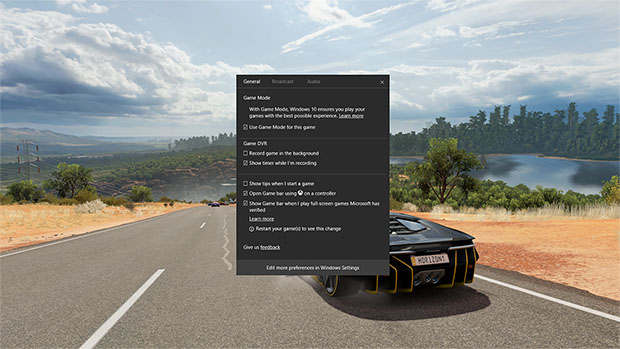Microsoft Explains How Windows 10 ‘Game Mode’ Will Improve Gaming Performance
Since the time Microsoft first teased us about "Game Mode" in the upcoming Windows 10 Creators Edition, we've been left wondering how the feature works, and whether or not it'd be worth using. At this week's Game Developers Conference, held in San Francisco, the first of those questions has been answered.
The ultimate goal of Game Mode is to prioritize the CPU and GPU for gaming. That means Windows will allocate as many resources as possible from each processor to the game, shoving aside main Windows processes that don't need to run at full-tilt while someone is playing. Those who spend time tweaking Windows to optimize their games as much as possible are likely the target audience for this feature - although due to its ease of enabling, everyone will want to give it a test at some point.
On the CPU side of things, Microsoft can allocate specific cores to be used for gaming, and make sure that no rogue processes end up hitting those cores to avoid a performance impact. If you have an eight-core processor, for example, Windows 10 might use 6 of them for gaming, and then leave the other 2 for other OS operations.
The same kind of optimization is done for GPUs. While Windows will already give priority to whichever window is in focus, Game Mode pushes that prioritization even further. Beyond that, Game Mode can also make sure that the assets found in a game will be given priority memory residency.
Interestingly, UWP-based games don't stand to gain as much of a benefit as regular Win32 titles, as UWP titles are derived from the Xbox platform, and were developed with very tight limitations. Microsoft is hoping to improve this situation in the future by unlocking additional resources for UWP games.
At this point, it's hard to say if Game Mode is actually worth getting excited over, but no one's going to complain about improved performance.


